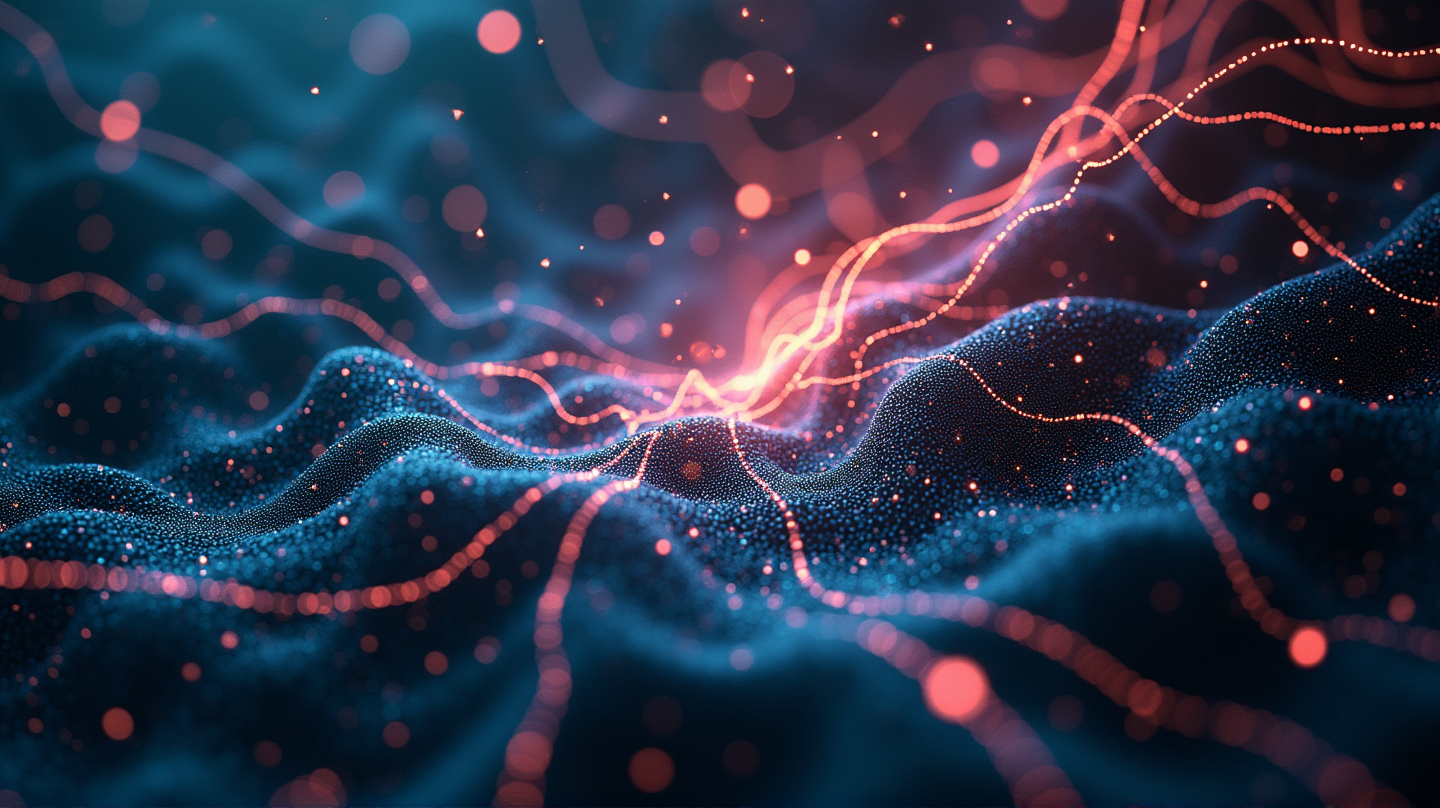Physics-Informed Neural Networks (PINNs) have always pushed the boundaries of solving nonlinear differential equations. Now, a revolutionary method that combines multi-head frameworks with unimodular regularization is set to elevate PINNs’ efficiency to new heights. According to Nature, this approach is the next leap in tackling intricate mathematical models, and here’s why.
Multi-Head Training: Diversifying Potential Solutions
The cornerstone of this advancement lies in multi-head training, where neural networks embrace the variability within equations. Instead of focusing on one static solution, PINNs dynamically adapt, learning a broader space of potential outcomes. This flexibility allows a single framework to handle a variety of initial and boundary conditions, making PINNs more versatile than ever before.
The Power of Unimodular Regularization
Enter Unimodular Regularization, the companion force amplifying multi-head training. By embedding geometric constraints within the solution space, this technique stabilizes and controls the variability sensitivity of PINNs. Imagine the latent space—now guided by differential geometry, ensuring that even the stiffer differential equations bow to the neural network’s prowess.
Transfer Learning: A Gateway to Complex Problems
By leveraging the learned latent space, the method introduces transfer learning to phenomenally solve new and unseen variations of differential equations. Whether it’s inverse problems or equations marked by high nonlinearity, PINNs with this integrated method bring answers almost instantaneously—once deemed unfathomably complex by traditional techniques.
Proving Efficacy with Real-World Equations
The flame equation, Van der Pol oscillator, and the Einstein Field Equations have all been subjected to this new model. The results? Multifold improvements in solution accuracy and processing speed. For example, solving the Einstein Field Equations in 5-dimensional spaces now becomes feasible, uncovering insights into cosmological phenomena through the power of efficient computation.
A New Era for Complex Systems
This methodological amalgamation creates a compelling narrative in computational science. As researchers P. Tarancón-Álvarez and P. Tejerina-Pérez demonstrate, the union of multi-head setups and unimodular constraints not only reveals hidden facets of physics-driven phenomena but paves pathways for further innovation in PINNs, poised to redefine analytics in varied scientific fields.
The horizon for Physics-Informed Neural Networks is expanding, and with these cutting-edge enhancements, the possibilities are as limitless as ever!
